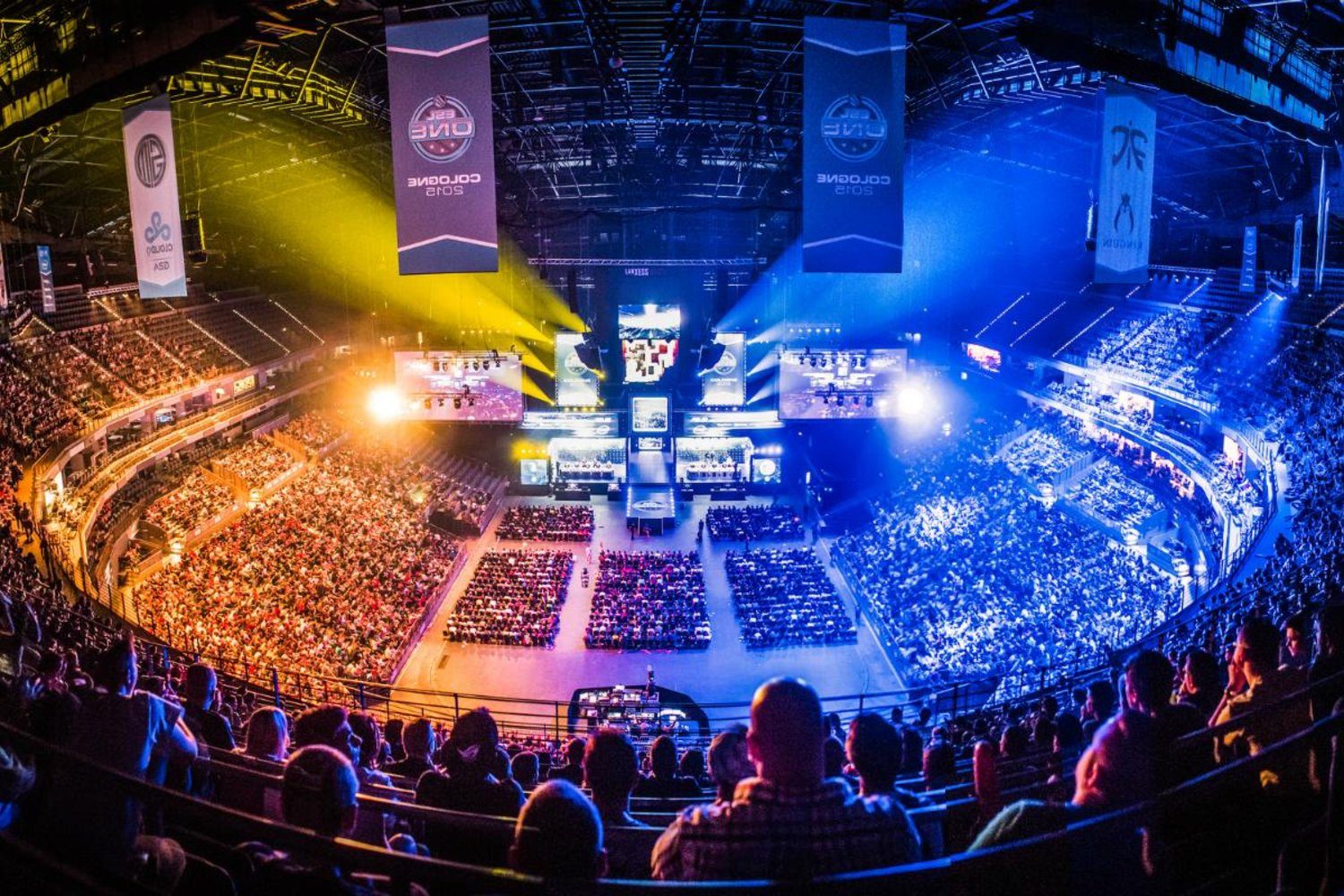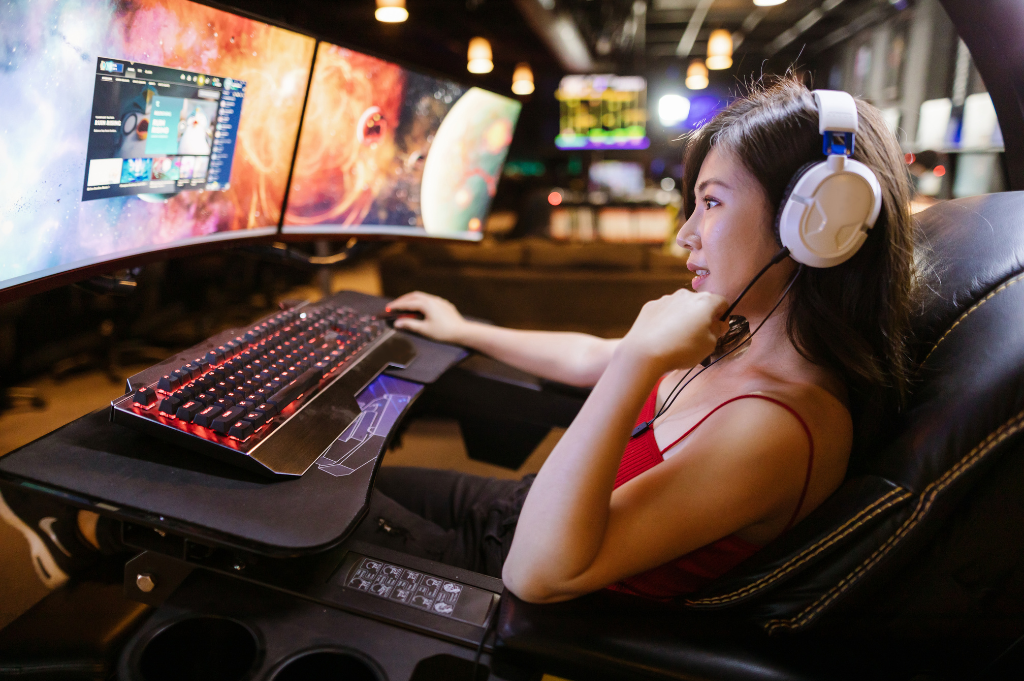Esports and physiotherapy: the sport of videogames
What are eSports and why are they considered a sport?
For those who are not very versed in electronics (or Anglicisms, of course) the “e” is an abbreviation for the word “electronic” (electronic) that is usually added to any analog element that is transferred to a digital environment.
It is styled in lowercase to distinguish it from its way of writing, similar to how it was done with e-mail or e-books. If we know the meaning of sports we will discover (in effect!) that we are going to talk about electronic sports.
That discipline of which millions of fans around the world are followers and which consists of competing by playing a video game.
The staunch defenders of the purity of the language maintain that the word “sport” implies yes or yes a physical exercise (or physical contact) between the contenders and this, according to their position, does not occur because the participants are almost always seated.
Big mistake, we would say, because scientific evidence supports that there is an obvious difference in the caloric expenditure of an office worker, a person who rests watching television or, as is the case, an elite gamer athlete.
In fact, the international Olympic committee already considers them a discipline and joined them back in 2021 (although it had already recognized them as a sporting activity in 2019).
The point made by the high institution is that they compete in games that do not incite violence. That is to say, that famous titles like Call of Dty, League of Legends or Counter Strike would be left out of the equation for breaking the Olympic values.
On the other hand, others like Pro Evolution Soccer or 2K would. Just like athletes, video game professionals also use a panel of trainers, physical trainers, physiotherapists, psychologists and even nutritionists.
There are also teams of various categories and have contracts for seasons and/or objectives based on performance.

Like any athlete: gamers and physiotherapy
In the past, gamers were seen as people who spent all day glued to the screen and who lacked social and eating habits without exercising.
Taking care of your body and following a diet and physical routine are the components so that these future elite players in the field of eSports can give 100% in each of their competitions.
From eSport Talent Canarias they have been clear that nutrition, physical preparation and physiotherapy should be fundamental ingredients of this comprehensive training.
Physiotherapy is essential for the recovery of these players, as elite athletes who spend many hours competing and training.
Gamers perform sustained postures and repetitive gestures that often impair their physical abilities. This is where physiotherapists come in, collaborating with a wide range of solutions.
- The first thing these physiotherapists do is help the players to make them aware of how their bodies work and thus be able to give them the treatment they deserve.
- Ergonomics and posture is the first step that physical therapists let esports players know, since they spend a lot of time in a chair and the best posture for this is the least hard.
- Secondly, as a physiotherapist, if we know which parts are harmed by the reiteration of gestures, we can prevent the appearance of injuries. The need to analyze game postures and create adapted routines can help reduce the impact of these gestures on your body and thus prevent serious injuries that could make it difficult for these players to appear in their next tournament.
- Lastly, if we look at the benefit of active breaks, we can take advantage of them to perform toning exercises, especially for those more inactive muscle groups and stretching or mobility, for those muscle groups that do participate more.
The Ebiometrics methodology
The methodology that Juan Carlos Andrade proposes and provides to his eSports players is an IPK methodology, which is a holistic treatment method that integrates manual therapies such as physiotherapy and osteopathy together with the most advanced technology in sports medicine. elite, always in a unique way for each eSports player and personalized to each game position and type of esports that our athlete performs, comments the co-founder of eBiometrics Juan Carlos Andrade on his website.

Also read about Ebiometrics
What is Neymar’s injury and why is he talking about “NASA technology”? Neymar’s injury is one of those that revolutionizes the sports world, from the press to the last of the fans […]
Injured players and their potential injuries
The League of Legends eSports player ReventXz, one of the best toplaners in the country, was forced to retire due to ongoing discomfort in his right arm. fibrillar in the extensor muscle of the forearm”, commented the player.
Worse was the situation of the star Hai Lam, mid laner and captain of the prestigious Cloud9 club. An ongoing wrist injury led to one operation after another and, well, he just had to retire because he knew he was putting his health at risk, as he put it.
The most common injuries are:
- Epicondylitis: known as “tennis elbow”, this is an injury recognizable by shooting pain on the outside of the elbow. It is triggered by the constant movement of the wrist extension and supination of the arm, which causes severe friction with the epicondyle region, generating fibrillar micro-tears, in a section where the body itself has a hard time repairing the tendons.
- Tendinitis: misused and worse applied, it refers to any injury that affects the tendon of a muscle and causes its inflammation or deterioration. Common tendinopathies involve joints, such as the Achilles tendon, knee, shoulder, or wrist.
- De Quervain’s syndrome: radial styloid tenosynovitis is an inflammation of the sheath of the abductor longus and extensor pollicis brevis tendon, that is, on the inside of the hand. It can be caused by being struck, although trauma is not even necessary: repetitive action or any form of prolonged activity that compromises those tendons can cause inflammation.
- Cervical spondylosis. This type of disc disease affects the cartilaginous discs and cervical vertebrae, it is a type of disorder due to wear and tear in this area, involving the neck bones and causing chronic pain, or even abnormal growth of the spinal bones.
- Bursitis. It is the inflammation of the bursa, we have it in the shoulder (subacromial), forearm, elbow, wrist (olecranon) or even under those pads on each side of the palm of the hand.
